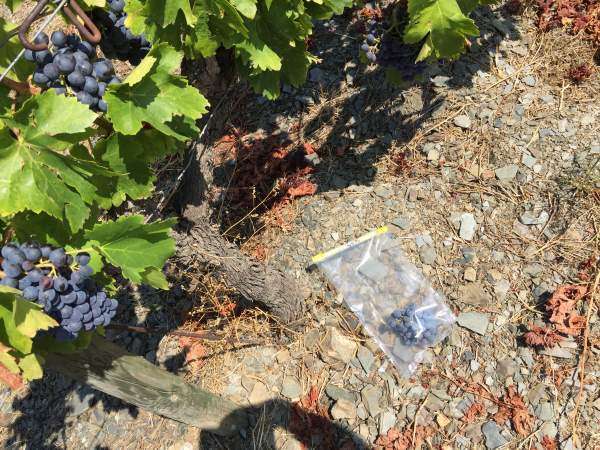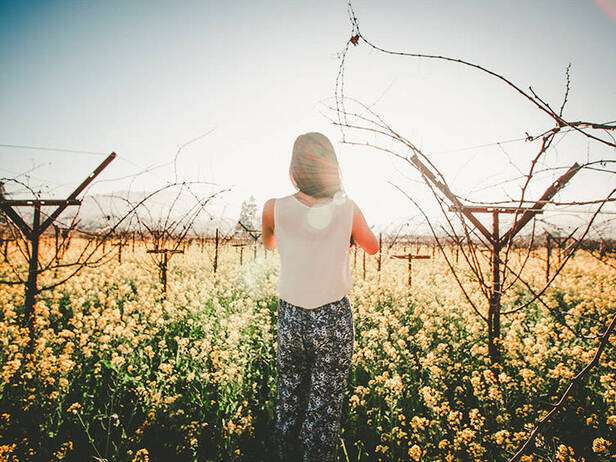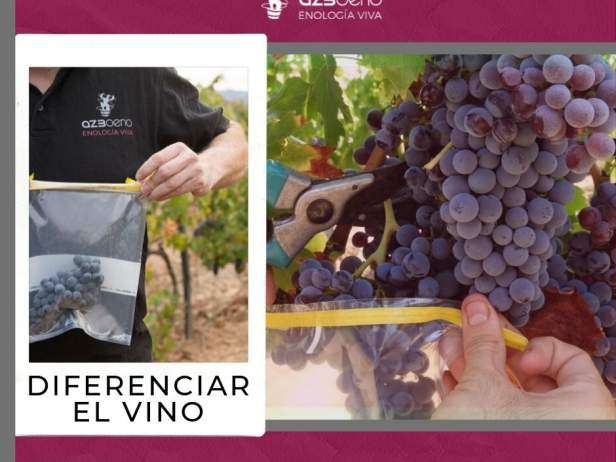
The sowing of selected industrial yeasts in the history of winemaking is a rather recent technique, very widespread in current enology because it provides fermentation safety (controlling other variables such as nutrition, temp.) and specific organoleptic profiles (valued in some markets) but that some reject because it may involve standardization of the product.
To escape this possible standardization, there are winemakers who defend not sowing in order to seek the maximum expression of the plot and vintage. However, although this technique favors the development of the concept of “Terroir”, it makes you lose control of the process, thus increasing the risk of aromatic or taste deviations due to the implantation of unwanted microorganisms, giving rise to the opposite effect to what we were looking for.
To avoid this risk and look for a differentiating element some technicians choose work for years om selecting native yeasts that they isolate and multiply every year at the time of harvest to planting. Therefore, the winery will obtain wines with their own personality, but we would lose the vintage effect that changes the reservoir of yeasts in the vineyard year after year.
As technicians we must seek solutions that adapt to consumer demand and our own work philosophy. Finding a balance between the terms safety, authenticity and quality is not always easy, but it is the challenge that we face every day, and in the field of alcoholic fermentation there is an alternative that allows us to achieve it: Selection and production of native yeast (concepto Vintage).

What we are doing with this technique is remembering the traditional and applying the technique and knowledge that we currently have to control the process. We refer to this in one of our recent posts “WINES THAT MAKE YOU DREAM. Wine will have a great future if we remember the past. We must reinvent wine, link it to our land, the vineyards and traditions, but we must not overlook the technique”, we mentioned then.
The selection and production process of native yeast is carried out in several stages:
- Stage 1 - Sampling: 150 samples are collected from the plots farthest away from the production area.
- Step 2: Cultivation: The samples are fermented separately in selective medium to favor the growth of yeasts of the species Saccharomyces cerevisiae.
- Stage 3 - Selection: After a few days of fermentation, the descriptors are determined in the nose and mouth, selecting potentially interesting samples and discarding those with obvious defects.
- Stage 4 - Preservation of selected yeast until use.
- Stage 5 - Yeast production: A multiplication and sowing process is carried out.
Microbiology is significant and is usually forgotten in wineries and, however, if it weren't for microorganisms, which generously do their job, there would be no wine. The Vintage technique allows us to better understand what is happening in the vineyard, select year after year the reservoir of higher quality native yeasts, control fermentations and develop the concept of plot wines guaranteeing quality and safety in the process.
Related news
Love starts in the vineyard
We are constantly hearing phrases like "Wine is made in the vineyard" or "Great wines come from vineyards and good grapes". And they are not lying.
Smartcare AF
"Nature does great work without expecting any reward", is a phrase from the Russian philosopher Aleksandr Ivánovich Herzen, which, at this time, we can extrapolate to the vineyard, a project that began to sprout in spring and will soon mature bunches.
Differentialting the wine
Regardless of the price point, every wine must stand out, have its “own character” which makes it more appealing in the range.


